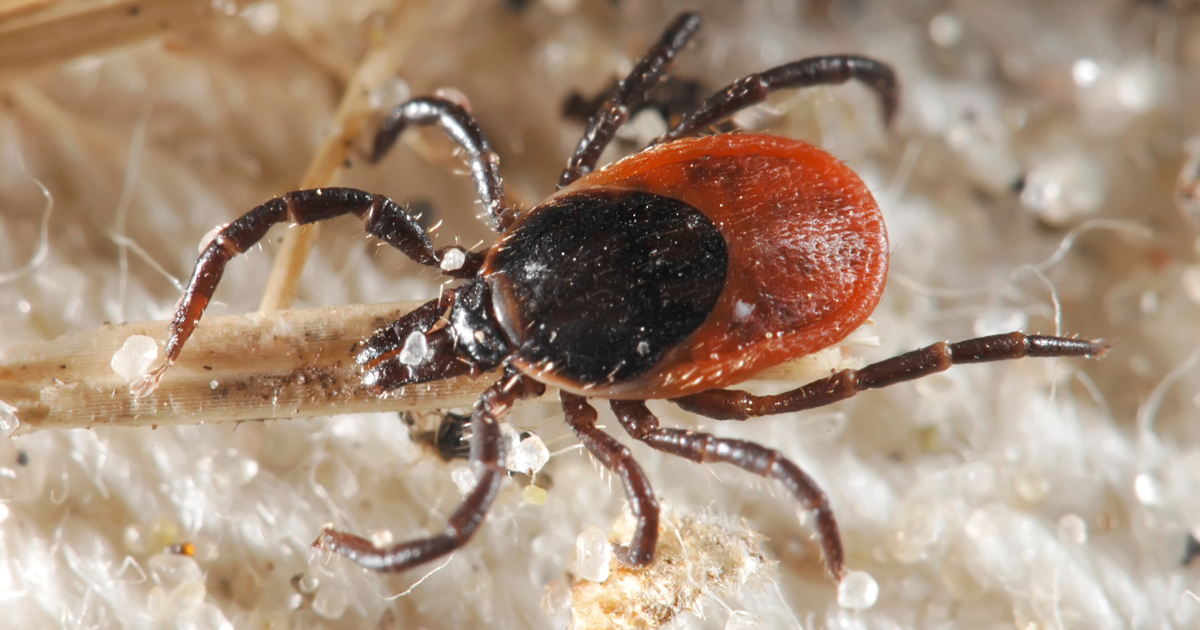
Summer: golden rays streaming from sapphire blue skies, pristine waters lapping pebbled beaches, and green bursting from deep forests, and… insects? That’s right, with the hot temperatures, lush forests, and humidity come hordes of buzzing, biting insects. Who are the top nuisances? Ticks and mosquitoes. Both of these insects thrive during the summer months, and are known to carry diseases that can spread to humans through a bite. Do you have employees working outdoors? Or are you required to work outside for your job? Make sure you are aware of the dangers associated with these biting insects, and work to prevent any diseases from spreading to you or your workforce.
Where are these hazards most apparent?
Ticks and Mosquitoes can be found almost anywhere. However, there are occupations that may put workers in more direct contact with these pests.
Mosquitoes- There are 176 different kinds of mosquito species in the United States. Two particular kinds, aedes aegypti and aedeus albopictus are known to carry 4 different kinds of diseases; yellow fever, dengue fever, chikungunya, and the zika virus. Currently, the zika virus is causing a particular scare in the United States (and across the world) due to its correlation with birth defects. The aegypti and albopictus species of operate in two slightly different regions. The albopictus strain tends to operate further north, while the aegypti strain is found all throughout the southern United States.
Ticks- Ticks in the United States are known to carry and transmit diseases such as Lyme Disease, babesiosis, ehrlichiosis, Rocky Mountain Spotted Fever, anaplasmosis, Southern Tick-Associated Rash Illness, Tick-Borne Relapsing Fever, and tularemia. There are a variety of tick species in America, and each species can be found in different environments. The Black legged tick, commonly known as the deer tick, is found in mostly deciduous forests. This type of tick is known to carry Lyme disease. Unlike the Deer Tick, the American Dog Tick is found primarily in grassy areas that have sparse tree cover. This species is known to carry Rocky Mountain Fever as well as other diseases. Both of these species of ticks are found nearly everywhere in the United States, as long as their preferred ecosystem is available.
Avoiding exposure to ticks and mosquitoes is easier said than done. The level of exposure to these insects varies on a few things: location of worksite, time of day, and the season. Mosquitoes breed in wet places where there is stagnant water. Any worksite near a swamp or wet area will most likely be subject to mosquito activity. Ticks, on the other hand, are found in wooded or grassy areas. Loggers, farmers, and other outdoor workers would be exposed to ticks on a daily basis.
How can employers protect their workforce?
There are steps that can be taken to reduce worker exposure to mosquitoes and ticks. For mosquitoes, worksites should be cared for in a way that no standing water is left for too long. For example, after a rainstorm it is crucial to shake off tarps and turn over equipment as the standing water will attract mosquitoes. Mosquitoes will breed in any standing water that they can, make sure you don’t leave any on your worksite. Repellents are another way that workers can protect themselves from mosquito bites. Employers should make insect repellant available to employees.
Proper clothing can help reduce tick and mosquito bites. It is difficult to wear long sleeves and pants during the summer months, as this can lead to heat exposure. Still, employees should wear long sleeves, pants, gloves, and boots and hats whenever possible if working outside. Ticks do land in hair and burrow themselves into the scalp of their hosts. Reducing the accessible surface area of the skin will help limit insect bites. This is particularly important with ticks, as ticks can latch onto an arm, leg, ankle, or wrist without the victim even knowing. Additionally, encouraging your employees to complete a ‘self-check’ following a day in the field will help them find any ticks on their body.
Just like any hazard, tick and mosquito bites should not be taken lightly. These insects are a general nuisance, but they also carry deadly diseases. Make sure your employees are aware of the risks through proper training and encouragement. Ensuring a safe workplace is a mindset, and this includes tackling even the smallest, peskiest of hazards.




